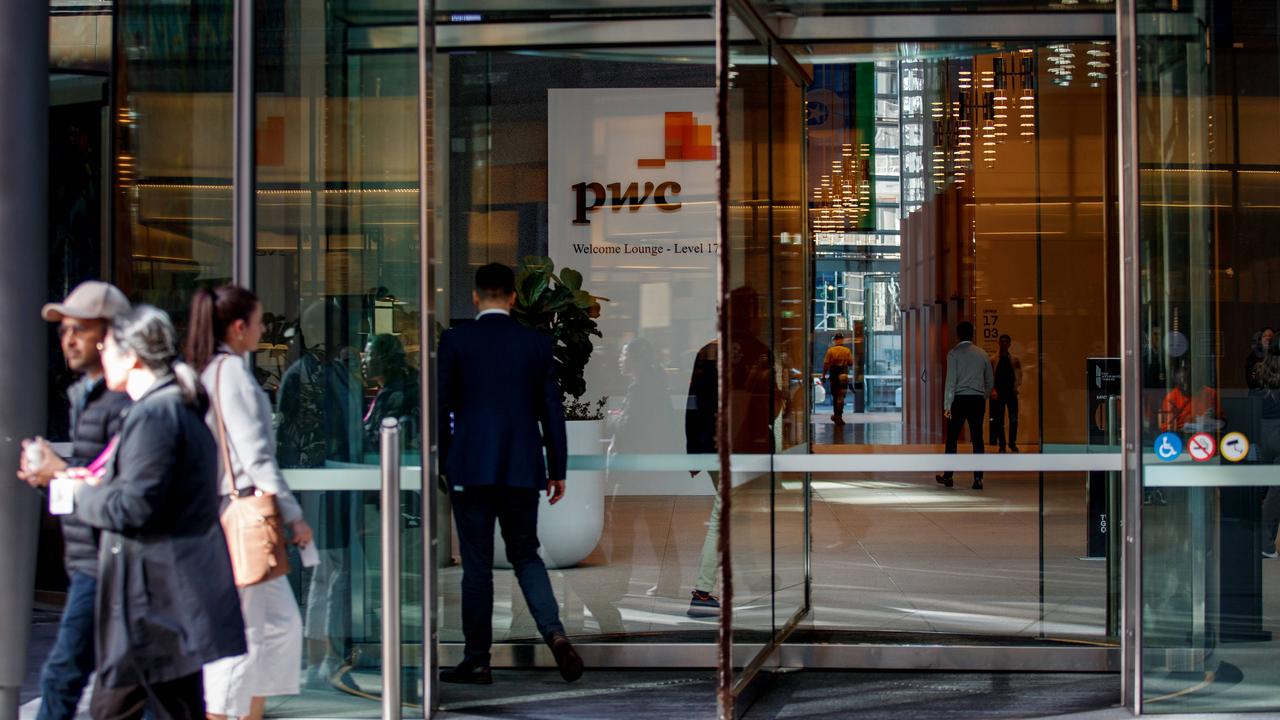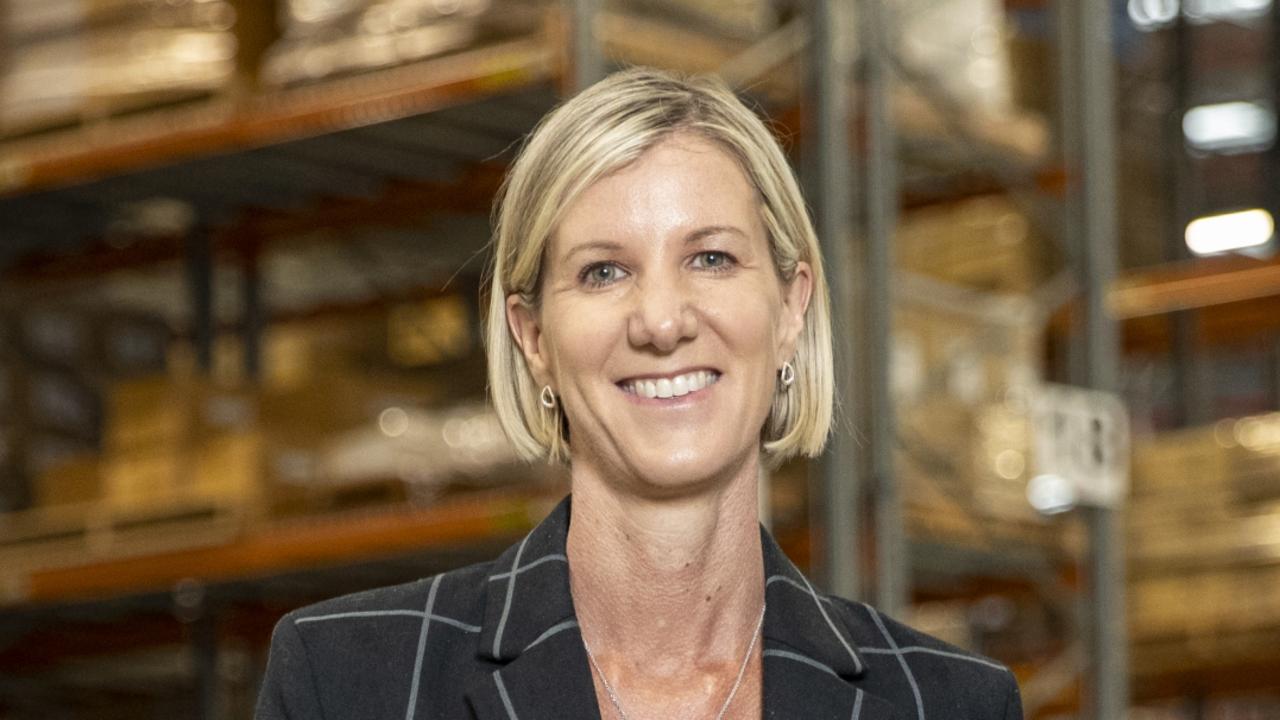Why the ‘good and bad’ Lendlease will have to part ways
Chief executive Tony Lombardo knows he is going to have to dig deep later this month to pull the builder out of its downward spiral.
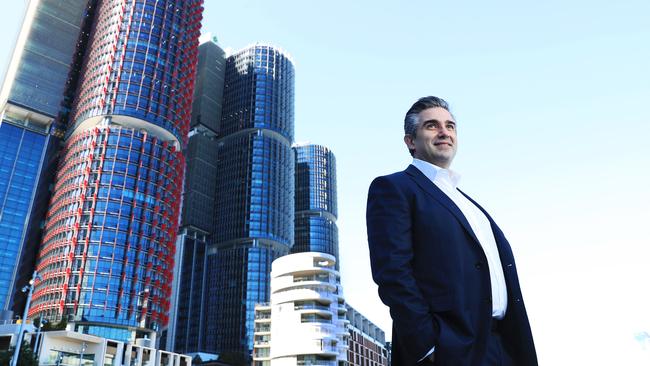
Business
Don't miss out on the headlines from Business. Followed categories will be added to My News.
That Lendlease, the construction company that has built something as complicated as Crown’s $2bn Barangaroo tower or skyscrapers across New York, took three months to decide on a date for its much-promised strategy briefing shows the paralysis the one-time Australian giant is facing.
After keeping investors guessing, Lendlease finally landed on May 27 – a Monday morning – when chief executive Tony Lombardo will explain how he plans to break Lendlease out of its downward spiral. However, he is going to need to deliver something pretty radical. Investors have all but run out of patience and more of the same is not an option.
The company that built the Sydney Opera House, Melbourne’s tennis centre and entire city precincts, is facing a crisis of confidence. And with the sniff of blood in the water with a share price pushing lows not seen since the days of the global financial crisis, this has opened the way for outsiders to force the strategy on Lombardo, or risk having the company bought out at a discount.
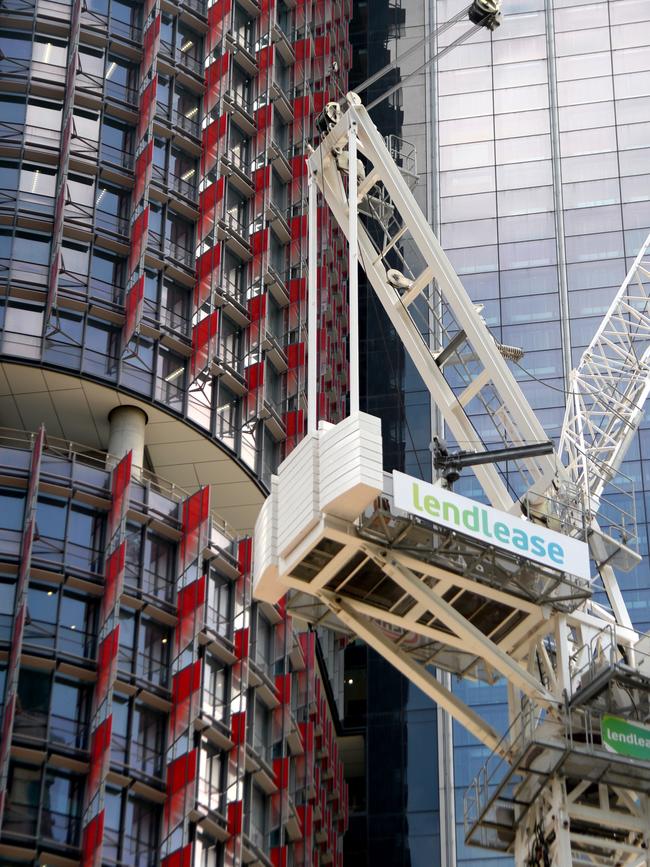
The big agitation among shareholders is that Lendlease has spent so much time and effort expanding around the world, but the returns have been miserable for the risk it is undertaking, particularly in the US. Even so, the builder and brand is well-regarded in Australia in the mega-development space and increasing foothold in build-to-rent.
The arguments have been made for a split of the business, however with the global property market stalled this would be value-destructive, simply becoming a forced seller in a cold market. One option being examined is a “good” and “bad” Lendlease, where troubled – mostly international – developments are rounded up and placed into run-off. This model is often used by banks or insurers looking to wind down troubled businesses.
Even if this process takes years, investors have a clear path forward about the new Lendlease to emerge from the other side. This will also go some way to solving other burning issues, from simplifying the company to stripping back the cost base. It will also allow for a reweighting of development capital back into Australia.
Lombardo stepped into the role three years ago with the aim of boosting governance and returns across Lendlease. He knew the company had to change, and a disastrous push into engineering nearly a decade earlier was symptomatic of a company ignoring the warning signs. Engineering was sold in 2019, but there remains some lingering exposure to projects, including Melbourne’s Metro. Lendlease’s global expansion too had come at a heavy cost, and the company was increasingly playing the mug’s game of riding the building cycle for profit.
Lombardo’s answer was to move away from the boom-and-bust building cycle and toward a Macquarie-style funds management platform of real estate assets, where fees deliver smoother income. The investment-led model is capital light, meaning Lendlease won’t have to set aside as much cash to back the heavy work of building a tower and waiting until it’s sold or leased out.
The heart of Lombardo’s strategy is a target of $70bn in funds under management by 2026. However, this is fast pulling away, with the figure being stuck at $48bn for each of the past three years.
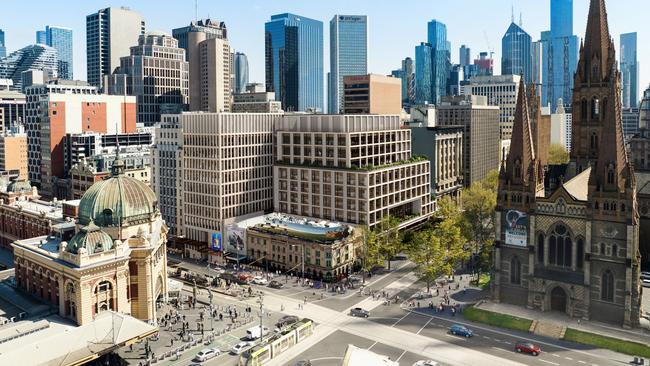
Costs have been slashed in other areas, and Lombardo has also sold off a large chunk of Lendlease’s residential property portfolio to the now bigger Stockland for $1.3bn.
A major tax bill that lobbed over the weekend, claiming as much as $163m in dispute mostly from 2018 represents the latest blow to Lendlease, and comes after it had to deliver a hefty profit downgrade in February.
Tax disputes happen from time to time, particularly involving complex transactions. However, for Lendlease shareholders, it represents more fears about how hard Lendlease was run over the past decade and whether there are any more unknown problems lurking inside the construction company. Lendlease says it is confident of its position and plans to dispute the ATO assessment.
John Wylie of Tanarra Capital has been dogged in his pursuit, leading the charge for a split. In recent weeks he has upped his pressure, taking aim at long-serving board member and now chairman Michael Ullmer, calling for board renewal. Wylie too is mulling a campaign for a board seat. Others include Simon Mawhinney of Allan Gray, with just over 5 per cent, who has thrown his support behind a major restructure.
Now Brisbane-based investor Jamie Nicol, whose influential DNR Capital has around 3.5 per cent stake in Lendlease is adding his voice, demanding Lendlease can’t come back to the market on May 27 with more of the same.
“They’ve got to simplify and have less capital tied up in offshore developments that are long-dated,” Nicol tells The Australian. Lendlease needs to “realise some capital and hand it back to shareholders”.
One of Australia’s largest superannuation funds, Aware Super has been a big supporter of Lendlease, but even the patience of long-term investors only goes so far. Aware has exposure on two fronts – it too is a co-investor in Lendlease’s retirement villages that are embroiled in the tax office dispute. This is a deeply uncomfortable position for the $160bn Aware to be in. It hasn’t moved on Lendlease yet, but it is likely it will be pushing for something more.
Lombardo has the right strategy, but with interest rates sitting at highs, it’s built for the wrong environment.
He has resisted a hard split of Lendlease’s international businesses from its Australian operations, but time has run out. This means investors are starting to drive the strategy and Lombardo risks being left behind.
johnstone@theaustralian.com.au
More Coverage
Originally published as Why the ‘good and bad’ Lendlease will have to part ways




